3D {Three-dimensional space}
What is 3D?
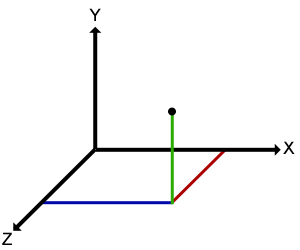 X-Y-Z Graph
X-Y-Z Graph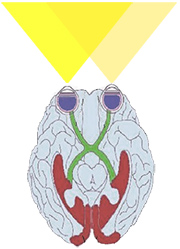 Human eyesight
Human eyesight3D means three-dimensional, i.e. something that has width, height and depth (length). Our physical environment is three-dimensional and we move around in 3D every day.
Humans are able to perceive the spatial relationship between objects just by looking at them because we have 3D perception, also known as depth perception. As we look around, the retina in each eye forms a two-dimensional image of our surroundings and our brain processes these two images into a 3D visual experience.
However it's important to note that having vision in both eyes (stereoscopic or binocular vision) is not the only way to see in 3D. People who can only see with one eye (monocular vision) can still perceive the world in 3D, and may even be unaware that they are stereo blind. They are simply missing one of the tools to see in 3D, so they rely on others without thinking about it.
Here are some of the tools humans use for depth perception:
- Stereoscopic vision: Two eyes provide slightly separate images; closer objects appear more separated than distant ones.
- Accommodation: As you focus on a close or distant object, the lenses in your eyes physically change shape, providing a clue as to how far away the object is.
- Parallax: As your head moves from side to side, closer objects appear to move more than distant ones.
- Size familiarity: If you know the approximate size of an object, you can tell approximately how far away it is based on how big it looks. Similarly, if you know that two objects are a similar size to each other but one appears larger than the other, you will assume the larger object is closer.
- Aerial perspective: Because light is scattered randomly by air, distant objects appear to have less contrast than nearby objects. Distant objects also appear less color-saturated and have a slight color tinge similar to the background (usually blue).
In order to represent the 3D world on a flat (2D) surface such as a display screen, it's desirable to simulate as many of these perception tools as possible. Although there is currently no way to simulate all of them at the same time, video does use a combination. For example, aerial perspective and size familiarity are automatically captured by the video camera. In CGI scenes, aerial perspective must be added so that distant objects appear less clearly (this is called distance fog).
Of course the addition of stereoscopic images (a separate image for each eye) is a significant improvement—so much so that most people think of stereoscopic films as being 3D, and all others as being 2D.
2D Film & Video
A traditional 2-D video image has width and height but technically it has no depth, i.e. everything in the image is presented at the same distance from the viewer. Still, the viewer does perceive the image as three-dimensional by subconsciously using the techniques listed above—much the same as how stereo-blind people perceive the real world.
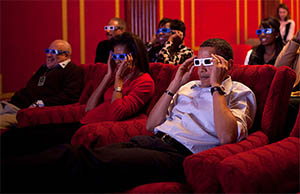
3D Film & Video
3D video adds stereoscopic vision, meaning that two separate images are shown simultaneously—one to each eye. This presents enormous technical problems which is why there is still no perfect system almost 100 years since the first 3D movie was made.
Common display methods include:
- Anaglyphic processing (red/cyan glasses): The original 3D system, now largely out of favor.
- Polarized light system (polarized filter glasses): The most common new system for cinemas.
- Active shutter system (LCD shutter glasses): The most likely standard for the first generation of 3D televisions and other displays.
For more information see 3D film & video systems.
What are the Pros of 3D Printing?
This production process offers a range of advantages compared to traditional manufacturing methods. These advantages include those related to design, time and cost, amongst others.
1. Flexible Design
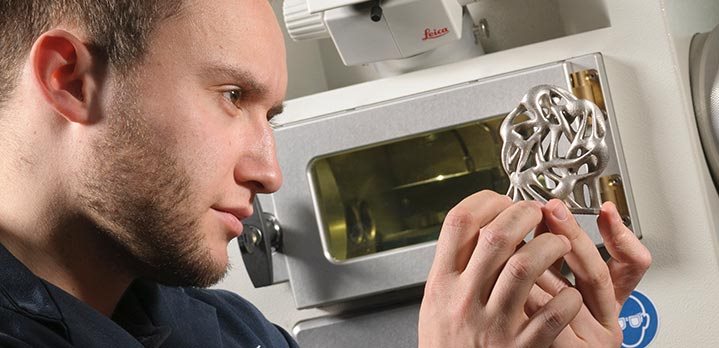
3D printing allows for the design and print of more complex designs than traditional manufacturing processes. More traditional processes have design restrictions which no longer apply with the use of 3D printing.
2. Rapid Prototyping
3D printing can manufacture parts within hours, which speeds up the prototyping process. This allows for each stage to complete faster. When compared to machining prototypes, 3D printing is inexpensive and quicker at creating parts as the part can be finished in hours, allowing for each design modification to be completed at a much more efficient rate.
3. Print on Demand
Print on demand is another advantage as it doesn’t need a lot of space to stock inventory, unlike traditional manufacturing processes. This saves space and costs as there is no need to print in bulk unless required.
The 3D design files are all stored in a virtual library as they are printed using a 3D model as either a CAD or STL file, this means they can be located and printed when needed. Edits to designs can be made at very low costs by editing individual files without wastage of out of date inventory and investing in tools.
4. Strong and Lightweight Parts
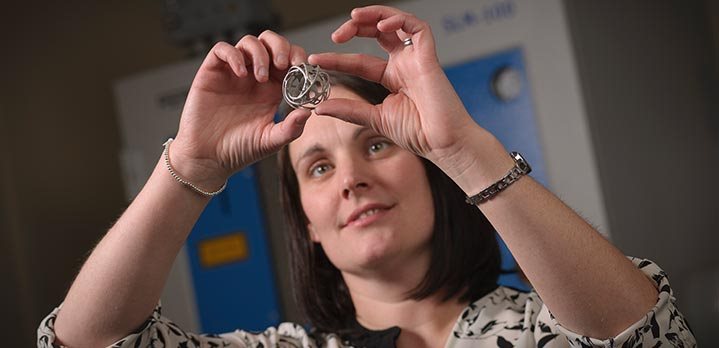
The main 3D printing material used is plastic, although some metals can also be used for 3D printing. However, plastics offer advantages as they are lighter than their metal equivalents. This is particularly important in industries such as automotive and aerospace where light-weighting is an issue and can deliver greater fuel efficiency.
Also, parts can be created from tailored materials to provide specific properties such as heat resistance, higher strength or water repellency.
5. Fast Design and Production
Depending on a part’s design and complexity, 3D printing can print objects within hours, which is much faster than moulded or machined parts. It is not only the manufacture of the part that can offer time savings through 3D printing but also the design process can be very quick by creating STL or CAD files ready to be printed.
6. Minimising Waste
The production of parts only requires the materials needed for the part itself, with little or no wastage as compared to alternative methods which are cut from large chunks of non-recyclable materials. Not only does the process save on resources but it also reduces the cost of the materials being used.
7. Cost Effective
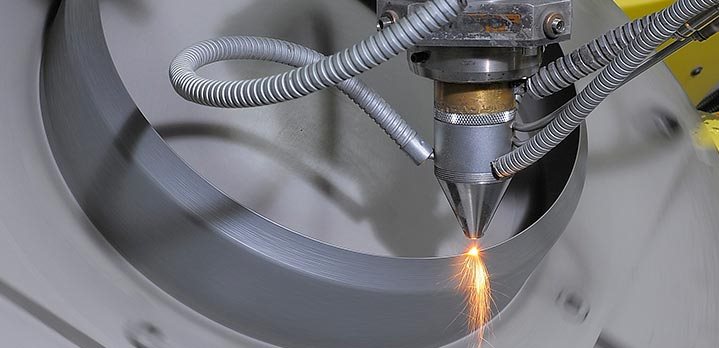
As a single step manufacturing process, 3D printing saves time and therefore costs associated with using different machines for manufacture. 3D printers can also be set up and left to get on with the job, meaning that there is no need for operators to be present the entire time. As mentioned above, this manufacturing process can also reduce costs on materials as it only uses the amount of material required for the part itself, with little or no wastage. While 3D printing equipment can be expensive to buy, you can even avoid this cost by outsourcing your project to a 3D printing service company.
8. Ease of Access
3D printers are becoming more and more accessible with more local service providers offering outsourcing services for manufacturing work. This saves time and doesn’t require expensive transport costs compared to more traditional manufacturing processes produced abroad in countries such as China.
9. Environmentally Friendly
As this technology reduces the amount of material wastage used this process is inherently environmentally friendly. However, the environmental benefits are extended when you consider factors such as improved fuel efficiency from using lightweight 3D printed parts.
10. Advanced Healthcare
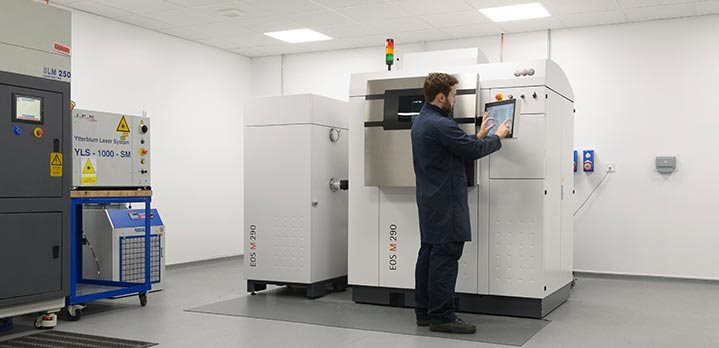
3D printing is being used in the medical sector to help save lives by printing organs for the human body such as livers, kidneys and hearts. Further advances and uses are being developed in the healthcare sector providing some of the biggest advances from using the technology.
What are the Cons of 3D Printing?
Like with almost any other process there are also drawbacks of 3D printing technology which should be considered before opting to use this process.
1. Limited Materials
While 3D Printing can create items in a selection of plastics and metals the available selection of raw materials is not exhaustive. This is due to the fact that not all metals or plastics can be temperature controlled enough to allow 3D printing. In addition, many of these printable materials cannot be recycled and very few are food safe.
2. Restricted Build Size
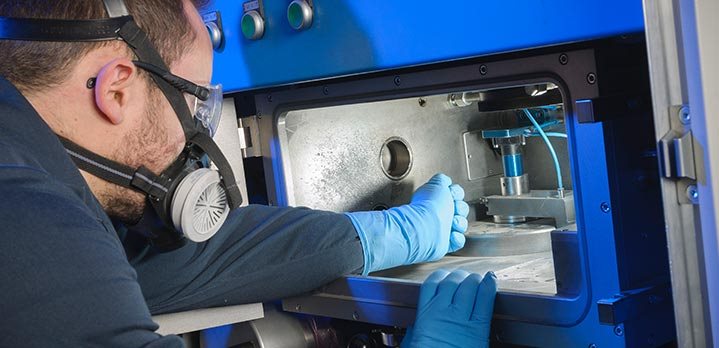
3D printers currently have small print chambers which restrict the size of parts that can be printed. Anything bigger will need to be printed in separate parts and joined together after production. This can increase costs and time for larger parts due to the printer needing to print more parts before manual labour is used to join the parts together.
3. Post Processing
Although large parts require post-processing, as mentioned above, most 3D printed parts need some form of cleaning up to remove support material from the build and to smooth the surface to achieve the required finish. Post processing methods used include waterjetting, sanding, a chemical soak and rinse, air or heat drying, assembly and others. The amount of post processing required depends on factors including the size of the part being produced, the intended application and the type of 3D printing technology used for production. So, while 3D printing allows for the fast production of parts, the speed of manufacture can be slowed by post processing.
4. Large Volumes
3D printing is a static cost unlike more conventional techniques like injection moulding, where large volumes may be more cost effective to produce. While the initial investment for 3D printing may be lower than other manufacturing methods, once scaled up to produce large volumes for mass production, the cost per unit does not reduce as it would with injection moulding.
5. Part Structure
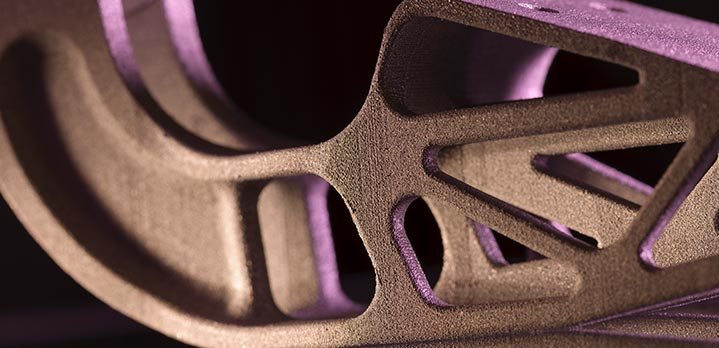
With 3D printing (also known as Additive Manufacturing) parts are produced layer-by-layer. Although these layers adhere together it also means that they can delaminate under certain stresses or orientations. This problem is more significant when producing items using fused deposition modelling (FDM), while polyjet and multijet parts also tend to be more brittle. In certain cases it may be better to use injection moulding as it creates homogenous parts that will not separate and break.
6. Reduction in Manufacturing Jobs
Another of the disadvantages of 3D technology is the potential reduction in human labour, since most of the production is automated and done by printers. However, many third world countries rely on low skill jobs to keep their economies running, and this technology could put these manufacturing jobs at risk by cutting out the need for production abroad.
7. Design Inaccuracies
Another potential problem with 3D printing is directly related to the type of machine or process used, with some printers having lower tolerances, meaning that final parts may differ from the original design. This can be fixed in post processing, but it must be considered that this will further increase the time and cost of production.
8. Copyright Issues
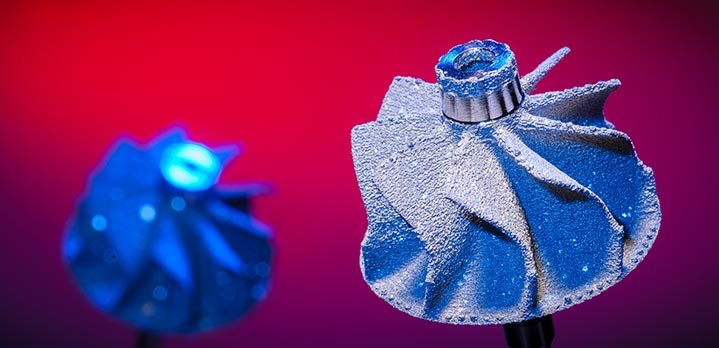
As 3D printing is becoming more popular and accessible there is a greater possibility for people to create fake and counterfeit products and it will almost be impossible to tell the difference. This has evident issues around copyright as well as for quality control.
comment below to know more
Comments
Post a Comment